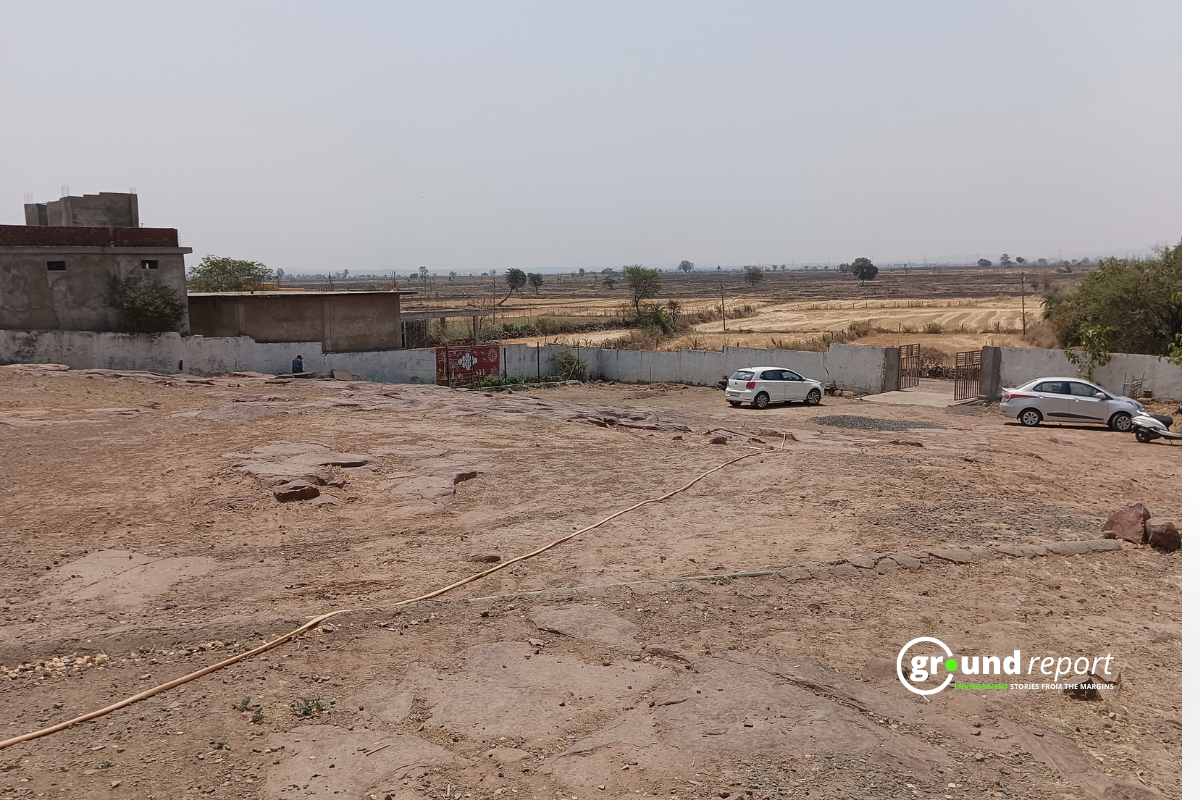Ice acts as a protective cover over the Earth and the oceans. The bright, white patches of ice reflect excess heat back into space and keep the planet cooler. In theory, the Arctic remains cooler than the equatorial zone because the ice reflects most of the sun’s heat back into space.
Himalayan glaciers accelerated
A study published in the journal Science Advances, the loss of ice from Himalayan glaciers has accelerated since 2000: each year about half a meter of ice melts due to rising temperatures, with an increase in some of its zones to up to 1ºC. The consequences are many, such as floods or lack of water.
The research, embodied in the study, has analyzed the changes that have occurred during the last four decades in the Himalayan regions. This has happened from the images obtained by the American spy satellite KH-9 Hexagon, known as “Big Bird” and used during the years of the so-called “Cold War” and which, in 2011, were declassified. To these images have been added others obtained by NASA in India, China, Nepal and Bhutan.
Some images whose relevance is that they are the clearest to reflect “how fast the Himalayan glaciers are melting during this period of time, and what are the reasons.” This was explained at the time by Joshua Maurer, lead author of the work, belonging to the Lamont-Doherty Observatory at Columbia University.
Climate change
To carry out the research, 650 Himalayan glaciers were analyzed. 55% of all the ice in the region, and which occupies an area, from west to east, of 2,000 kilometres. The observed progression was that, for example, in 1975, the Himalayan area had an ice mass of 87%, which remained the same in 2000 and dropped to 72% in 2016. In other words, in a matter of four decades, a quarter of its mass has been lost.
This is a loss of 25 centimetres of ice per year due to the increase in temperature caused by climate change between 1975 and 2000, with an evident acceleration throughout the 1990s and that, in the following, with the new millennium, it increased in such a way that a loss, since then, of 50 centimetres per year is calculated.
What is Glacial Lake?
A glacial lake is a body of water that originates from a glacier. It usually forms at the foot of a glacier but can form on, in, or under it. As Earth’s climate warms, the world’s glaciers shrink, increasing the production of fresh water for all kinds of glacial lakes. Some communities rely on glacial meltwater for seasonal irrigation or domestic use, but as the balance shifts toward more melting, this water source may not be reliable in the long term and carries new risks.
Difference between sea ice and glaciers?
Sea ice forms and melts only in the ocean, while glaciers form on land. Icebergs are chunks of glacial ice that break off glaciers and fall into the ocean.
When glaciers melt, the water they store on land moves into the ocean, significantly increasing the amount of water in the ocean and contributing to global sea level rise.
Sea ice, on the other hand, can be compared to ice cubes in a glass of water: when they melt, they don’t directly change the level of the water in the glass. However, the decline in Arctic sea ice has another set of devastating consequences.
For example, it means less ice surface available to serve as a platform, both for walruses when they come out of the water, and for polar bears who use it to hunt. Another effect changes in weather systems around the world due to altered patterns of jet streams.
A thaw with serious consequences
In addition, it has been observed that the melting of the Himalayas has mainly affected the lower altitudes. Up to five meters per year of ice loss per year. This represents some eight million tons of water lost. The consequences are really serious because it could affect some 800 million people. That lack of water means problems for irrigation, hydroelectric power, and access to clean water and healthy sanitation. Although the melting has produced water that circulates freely on the ground, the so-called runoff, in the medium and long term, will cause water scarcity.
As for the causes, two seem to be the main factors. On the one hand, the increase in temperature has produced changes in rainfall in the area, decreasing in some areas and increasing in others. On the other hand, the massive burning of fossil fuels and biomass in Asian regions, whose ash ends up on snowy surfaces, absorbs solar energy and promotes and accelerates melting.
Keep Reading
Part 1: Cloudburst in Ganderbal’s Padabal village & unfulfilled promises
India braces for intense 2024 monsoon amid recent deadly weather trends
Support us to keep independent environmental journalism alive in India.
Follow Ground Report on X, Instagram and Facebook for environmental and underreported stories from the margins. Give us feedback on our email id greport2018@gmail.com.
Don’t forget to Subscribe to our weekly newsletter, Join our community on WhatsApp, and Follow our YouTube Channel for video stories.









